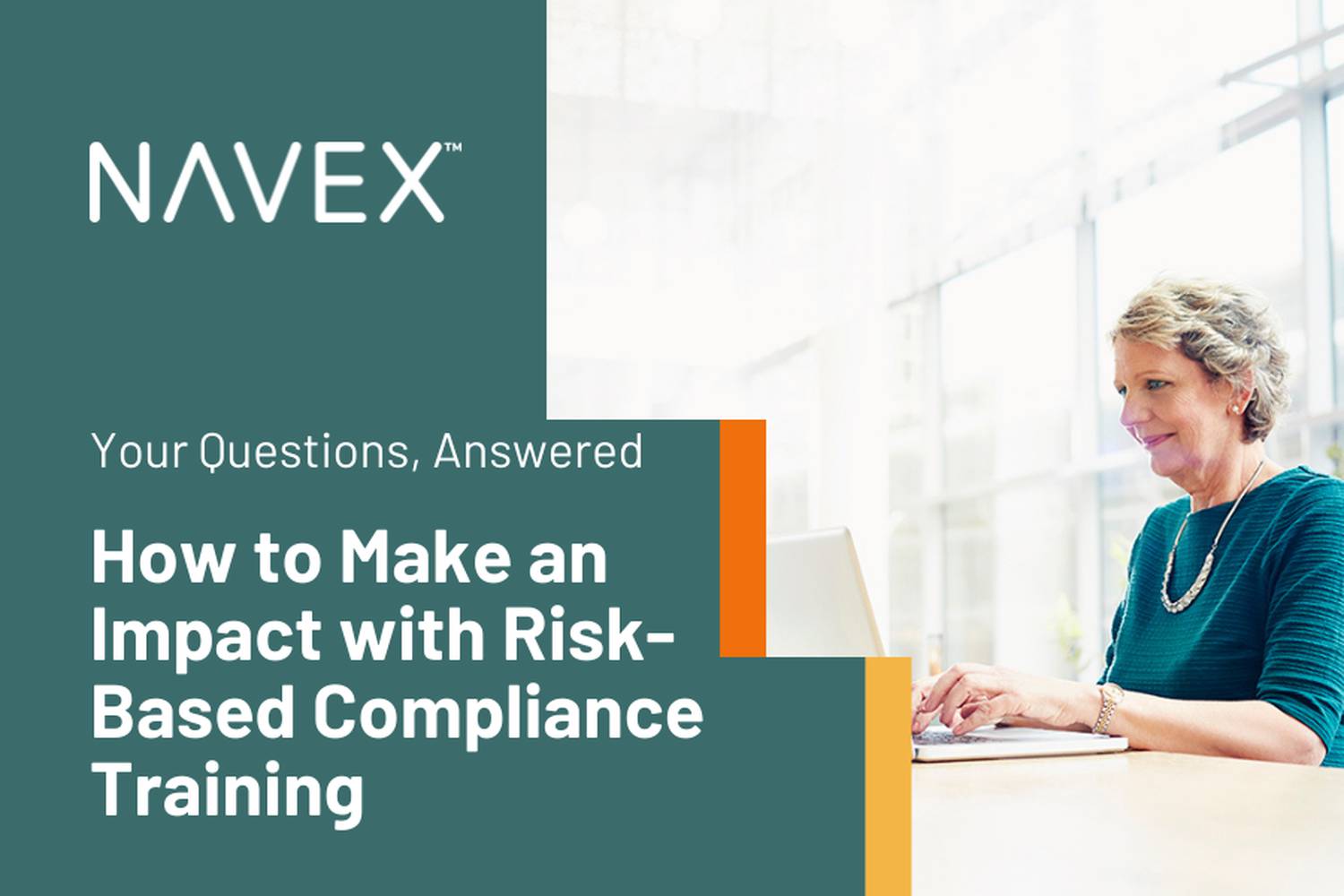An organization’s approach to compliance training is a core component of the overall messaging around corporate values, ethics and responsibilities for all employees. When first joining an organization, mandatory trainings outline company values, introduce the employee to the code of conduct, and provide a foundation of knowledge. For existing employees, they serve as ongoing cultural touch points to reinforce those values.
In addition to the positive cultural impacts of a robust training curriculum, many organizations are mandated to provide ethics and compliance training. Implementing an impactful training program means going above and beyond the “check-the-box” mentality of simply offering courses that address mandated course material.
In order for training to “stick”, organizations should consider:
- How does the workforce access training?
- What barriers exist to effective training?
- What are the necessary industry or organization-specific trainings that need to be offered?
- Are people leaders holding their teams accountable for training?
- Is the training program flexible, relevant and engaging?
- What training should I do to shape culture and drive desired behaviors?
The above is by no means a comprehensive list, but it is a starting point for organizations to consider if compliance training programs are truly effective. Given the complexities of talent attraction, retention and managing hybrid and remote workforces in today’s environment, the need to mature training has never been clearer.
Recently, Ingrid Fredeen, VP and senior product manager, NAVEXEngage and Megan Torrance, CEO and founder of TorranceLearning, hosted a webinar on this topic, and as a follow up, are answering your most pressing questions about how to make an impact with risk-based compliance training.
Do optimized programs decrease employee turnover?
In our experience, training programs are not the single reason that people resign – but they certainly are contributing factors toward creating an environment of learning, respect and professionalism that can increase engagement and reduce turnover.
As we move towards micro-learning, the distinction between ‘learning’ and ‘communication’ blurs. How should programs be structured so there is seamless continuity between training and communication?
We can often help the business distinguish between training and communication by asking why people aren't doing what they should be. Is it a lack of remembering or knowing how to do it? That might point to communications.
Or is it a matter of learners needing to understand the risk area or practice behaviors in order to get better and build confidence over time – those point to training solutions.
Megan Torrance suggests Cathy Moore's "Will Training Help" framework to help answer this question.
Any suggestions for organizations where staff struggle with technology use?
Some organizations do indeed have segments of the workforce that struggle with technology adoption. This presents an opportunity for some basic skill building that can help staff engage at work now and build their skills and competencies for the future.
We recommend that organizations take a learner-centric approach to solving this challenge and discovering the root of the issue. Are they struggling with a lack of skill? A lack of computer equipment at work? Poor user experience within the learning interface? Poor language skills? Is there a lack of confidence in trying new things? Each of these would guide you to a different approach to resolution. Once online, excellent user experience in the learning environment helps to make directions clear.
Finally, it is important to keep the learning experience simple for your employees – this includes how they access the course and how they navigate through the course. Overly complex solutions can be overwhelming for some learners, and some learning methods (such as gamification) can create a negative learning experiences.
What are some best practices around garnering support and executing adaptive learning?
We find that learners really appreciate an adaptive approach – it saves them time and respects what they already know. Adaptive learning in compliance is a fairly new concept – and one that may lawyers, HR professionals, and compliance professionals may not be ready to fully implement. If that is the case, and you find yourself trying to build support for it, think about starting off small.
First, look for adaptive solutions that are designed to ensure some content is seen by all learners, and look for a solution that allows you to choose how much content a learner can skip.
Next, choose a topic that presents a low risk for your organization and if possible one that employees have previously trained on (so they have some level of proficiency already). Be prepared to gather feedback from employees about their experience (what they liked and did not like) and whether the training was more engaging than usual training.
Also, be prepared to explain how the adaptive courses align with key organizational goals (a great employee experience, reduced time off the job, improved behavioral outcomes, rapid reskilling needs, etc.) which will help to make the case for adaptive learning, along with pointing out that "more training" particularly on topics already known and followed, is not necessarily better.
Leveraging training to fortify your organization’s culture
Compliance training should be more robust than a generic “out of the box” training experience – whether it is online or live. Learning is an ongoing investment in terms of time and resources. The learners in your organization come from a variety of backgrounds, demonstrating a vast range of existing knowledge and experience. This diversity is a tremendous asset and should be supported by training that can reach learners in a variety of ways.
Micro-learning and right-sized training opportunities help deliver content that will stick, without taking more time than necessary. NAVEX also offers select adaptive learning courses which provide tailored learning experiences that adapt the content to the individual learned based on their performance throughout the training. Combined, these approaches to compliance training help to meet your learners where they are and increase engagement and material retention.
To learn more about how to make an impact with risk-based compliance training:






